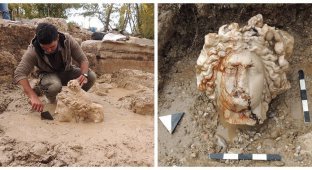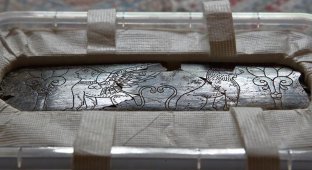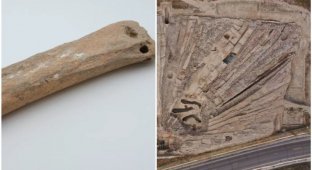Forgotten Roman city in Italy found after 1,500 years (10 photos)
The Roman city of Interamna Lirenas was a thriving metropolis in central Italy, home to 2,000 people. At first, archaeologists considered it a small settlement, but the results of excavations showed that it was a grandiose city with residential buildings, a temple, baths and an indoor theater. 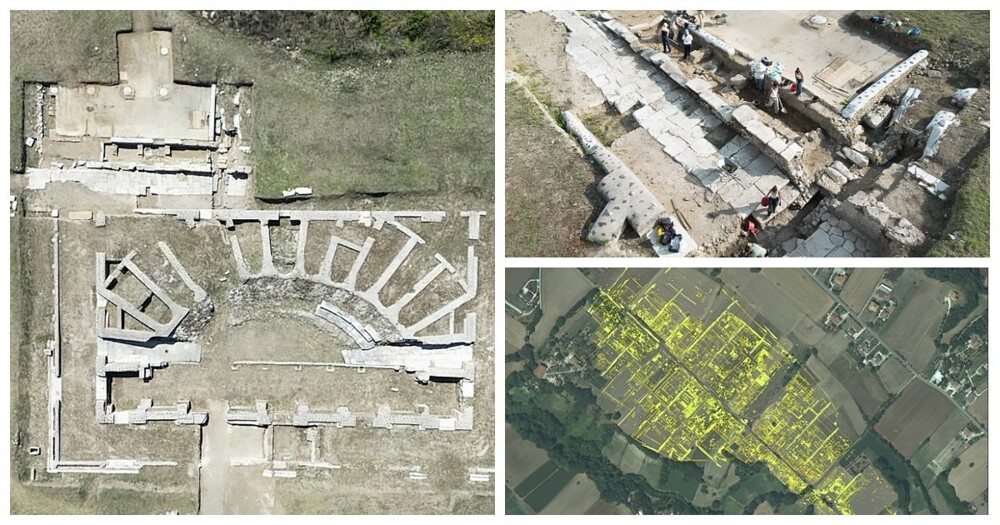
Interamna Lirenas, located approximately halfway between Rome and Naples, was a prosperous Roman city, home to 2,000 people at its peak. 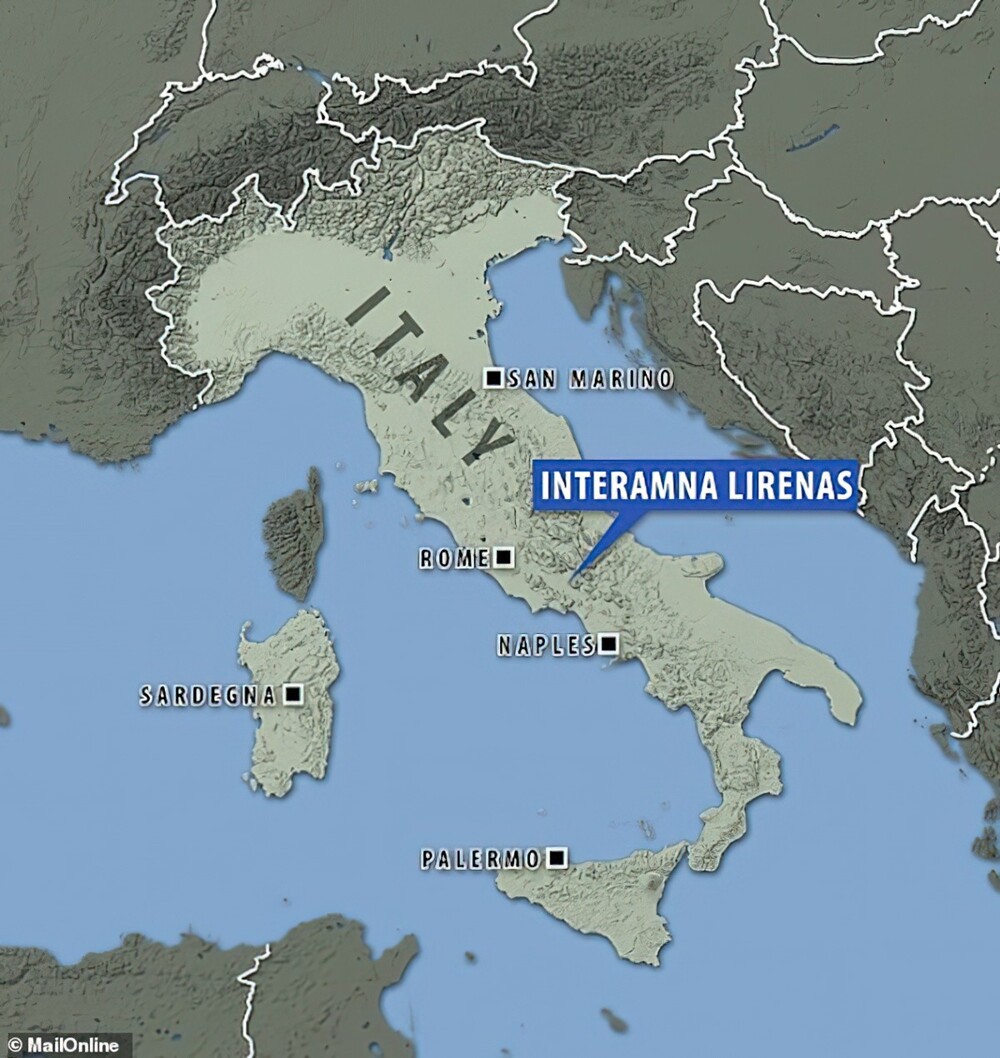
In the 1980s, archaeologists mistakenly thought it was just a small settlement. However, further research showed that it was the largest metropolis of its time. Unlike Pompeii and Herculaneum, it was not destroyed by natural disaster and was only abandoned in the 6th century AD due to the threat of invasion. 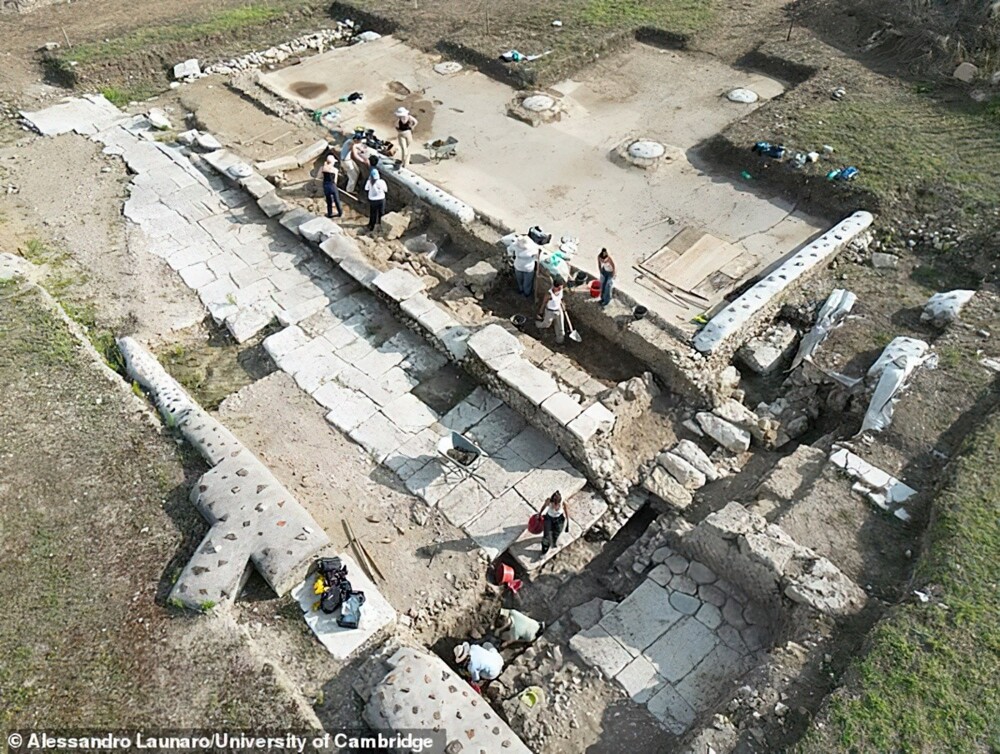
Excavations at this site began in 2010, but only now their results have been published.
The author of the 13-year study was Dr. Alessandro Launaro from the University of Cambridge.
“Interamna Lirenas had a strategic location between a river and a major road and was a thriving node in the regional urban network,” the scientist said. “This was very important for consolidating support throughout Italy during the civil wars. This city was constantly playing its cards: it was constantly building relationships with communities between Rome and southern Italy and at the same time flourishing as a trading center."
Interamna Lirenas was founded in 312 BC. e., during the era of the Roman Republic (the era that preceded the powerful Roman Empire). The city received the patronage of the Roman general Julius Caesar in 46 BC, two years before his assassination (which led to the formation of the Roman Empire in 27 BC). But it was abandoned in the 6th century - about 100 years after the fall of the empire.
According to Dr. Launaro, this city was able to “reverse the trend” of the decline of the empire, but exactly how is still unclear. “We believe that local and regional networks (political, social and economic) have been very resilient and have allowed life to continue,” he said.
A number of magnificent buildings were built in Interamna Lirenas, of which only the foundations have survived to this day. In particular, an indoor theater built from marble brought from all over the Mediterranean. It measured 45 by 25 meters and could accommodate 1,500 people. 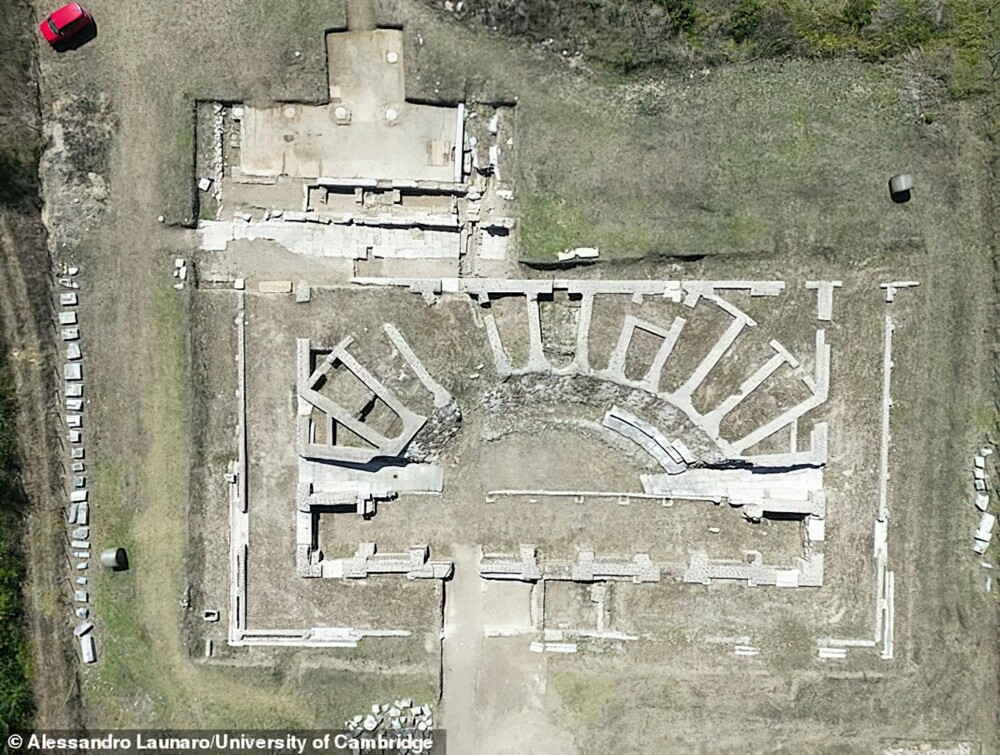
This aerial photo shows the remains of a theater (bottom) and a public building called a basilica (top) 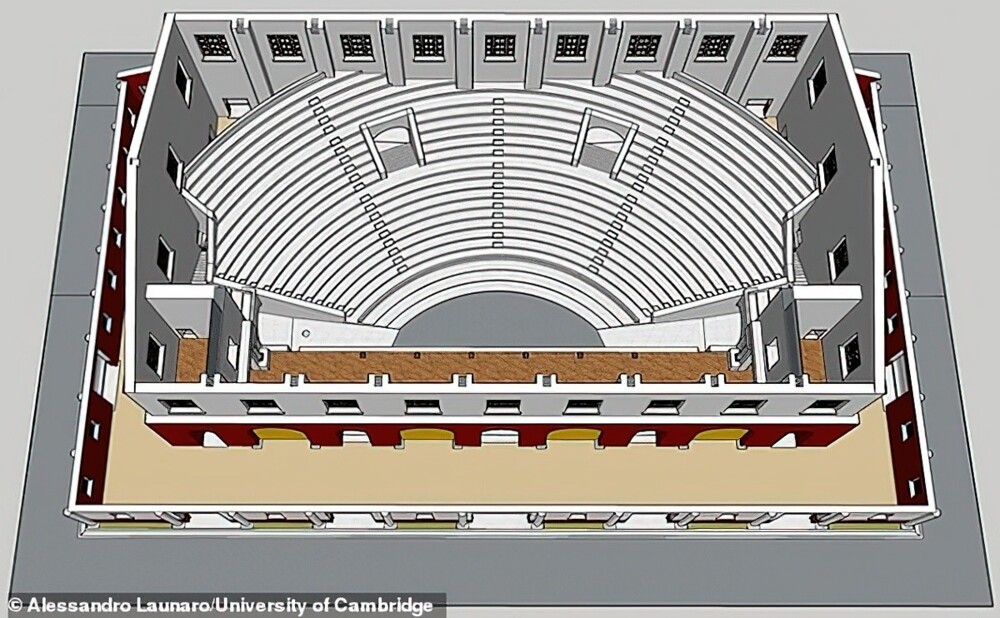
This is what this theater might have looked like during the years of its existence
According to Alessandro Launaro, indoor theaters were quite rare in Roman Italy and were seen as a significant modernization of open structures. “This theater was an important status symbol,” he said. “It demonstrated the wealth, power and ambition of the city.” 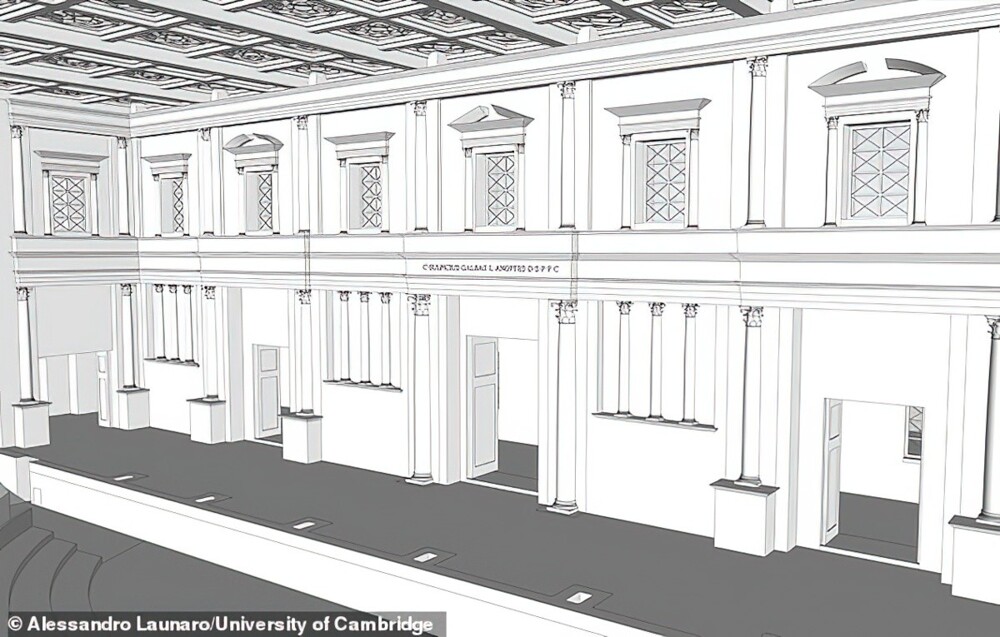
Interior of the theater from the auditorium side, artist's representation
Next to the theater was a public building called a basilica, which was usually used for governmental or legal purposes.
The city also had three bath complexes, the largest of which was a large swimming pool surrounded by a portico, a type of elaborate porch.
Like Pompeii and Herculaneum, Interamna Lirenas shows no signs of zoning or division by social status, and was densely filled with houses of varying sizes. A total of 190 houses in the city (or 84 percent) were small (less than 500 square meters), 25 were large (500 to 1000 square meters) and only five were more than 1000 square meters. m.
The archaeologists also discovered 19 "courtyard buildings" which they believe may have served as covered markets, guilds, residences and public warehouses. 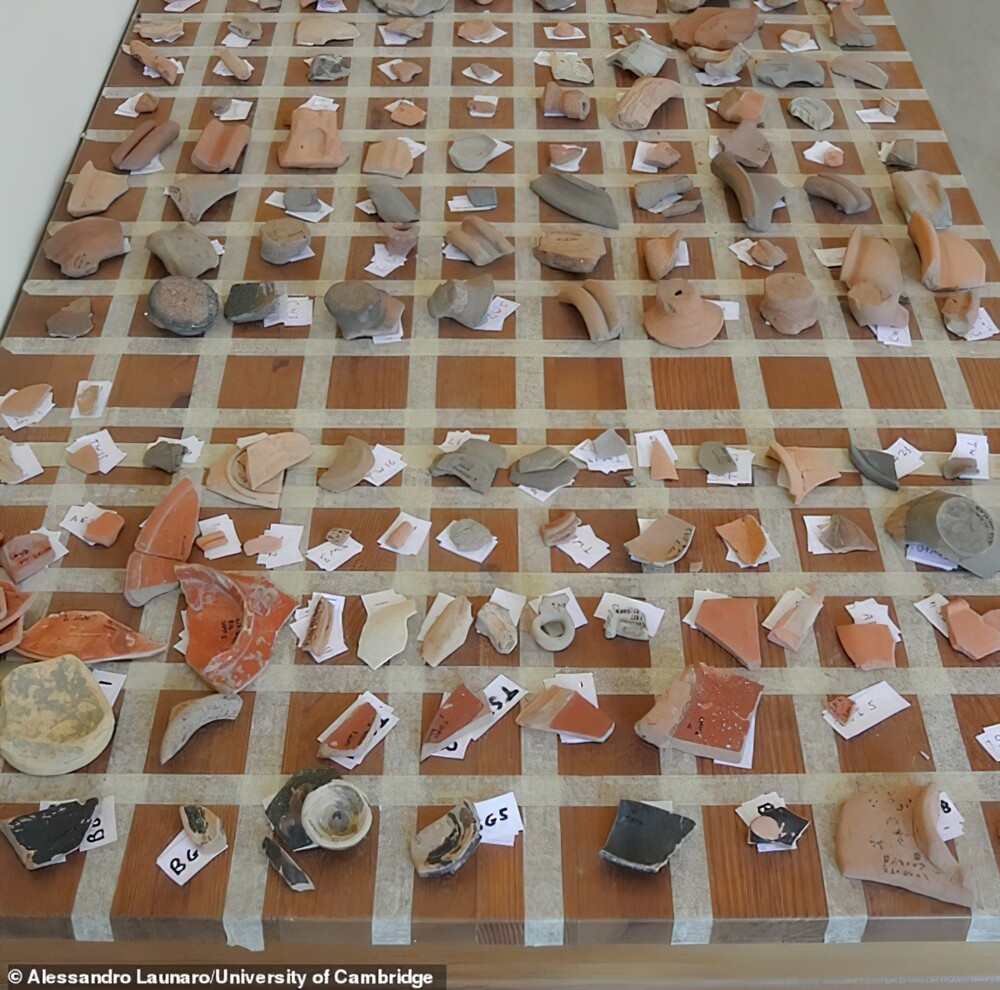
The experts focused on ceramics (pictured) and building foundations discovered during excavations, as well as the results of geophysical studies of the area. 
In this drone photo, taken in September 2023, offers stunning views of the “invisible city”, which has finally revealed its secrets. 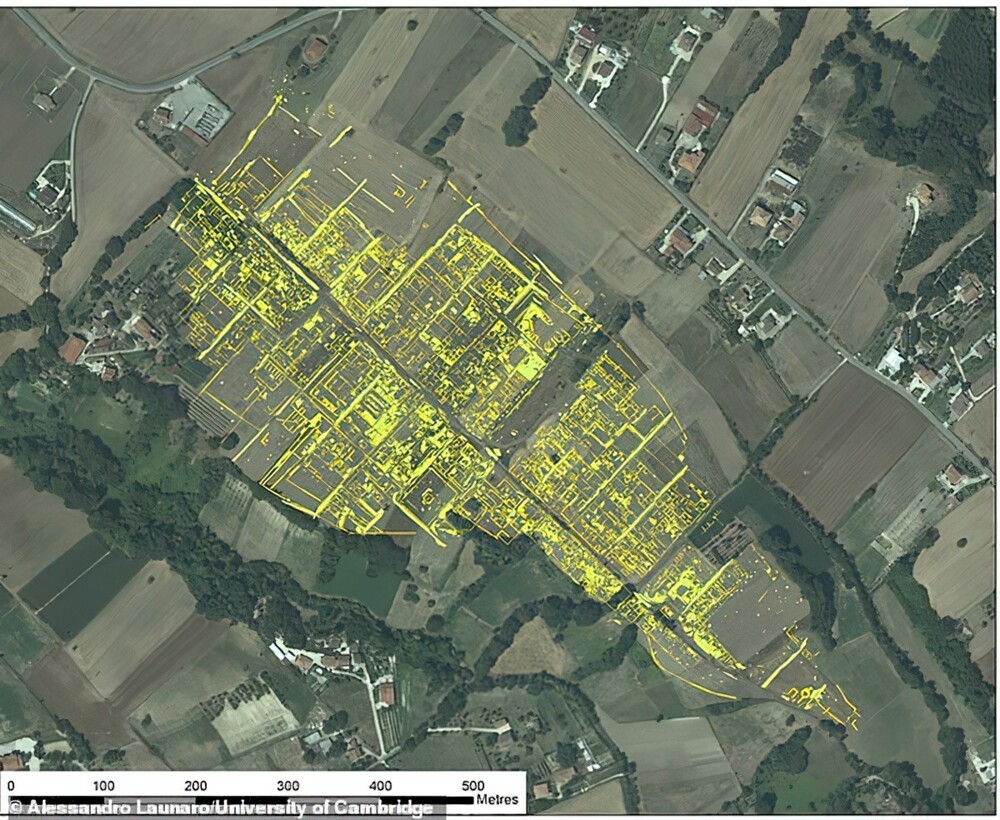
Geophysical survey results show the underground traces of Interamna Lirenas surrounded by a wider modern landscape. 
City plan showing the distribution of different types of buildings. Note the predominance of residential buildings.
Alessandro Launaro and his colleagues found neither a layer of ash nor any other evidence that the city was brutally destroyed, like Pompeii and Herculaneum.
Residents likely abandoned the city amid "growing uncertainty" about the region's safety sometime in the 6th century. Just at the end of the 6th century AD there was an invasion of the Germanic people known as the Lombards (“longbeards”).
According to Launaro, the inhabitants of Interamna Lirenas left the city because it was on the path of the invaders. However, even before this, the city gradually decreased in size and lost its former glory. This happened gradually over several centuries.
Alessandro Launaro's research was included in the recently published book Roman Urbanism in Italy.














